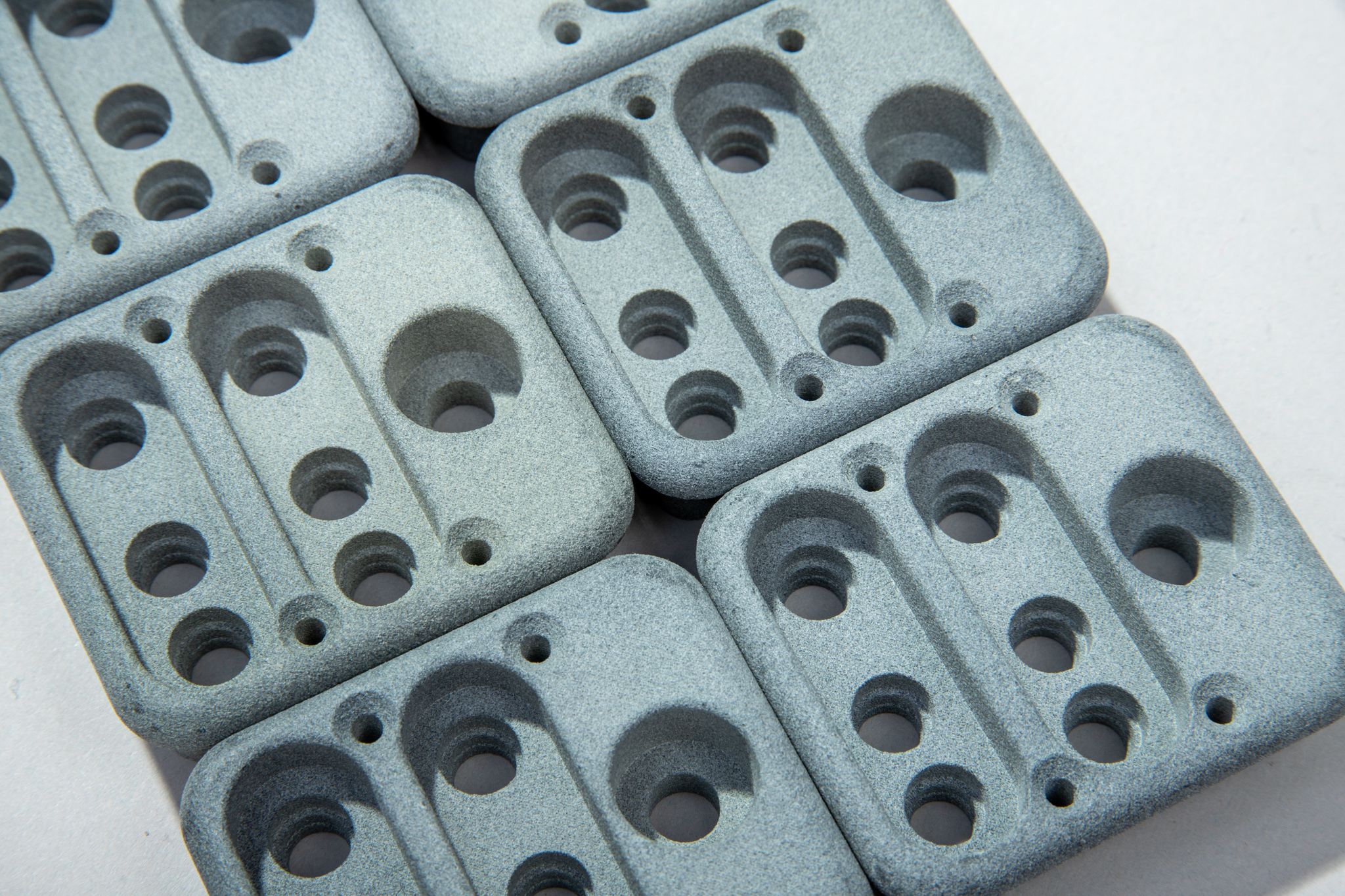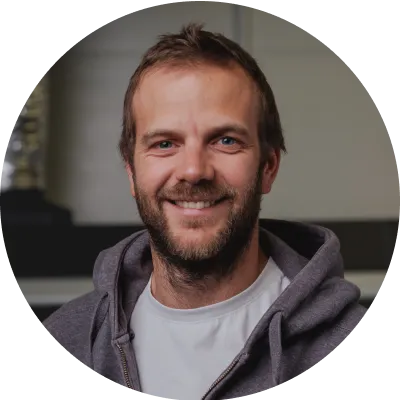Every year, more and more press articles and scientific publications discuss the important role of 3D printing in the context of Industry 4.0. The theory sounds great and talks about huge benefits, but what’s the point if it doesn’t touch actual business processes and implementations in real companies?
As a result, companies often stick to a known and proven option, such as CNC machining, even if using 3D printing could potentially be very beneficial.
In this article, we will approach the matter differently. As experts in 3D printing and knowing the experience of many customers, we will tell you about 3D printing from their perspective. See how using our 3D printing service allowed companies to eliminate problems related to CNC cutting.
Possibilities of modern 3D printing
Before we move on to the benefits of 3D printing, it is worth mentioning what specific 3D printing technology we are talking about. Currently, there are many competing 3D printing technologies on the market, and there are significant differences between them. Usually
They differ, among others: in the type of material used, the curing method, printing accuracy, production capabilities and several other aspects. Over the years, we have tested (and are still testing) all new solutions in 3D printing, and at the moment, in our opinion, the best one is the technology created by HP Multi Jet Fusion (MJF).
So when we talk about the advantages of 3D printing over CNC cutting, we are referring to this technology. It is this modern solution that allows you to obtain these benefits, and it would not be possible with other methods – e.g. FDM, which is quite an outdated technology and is unlikely to be effectively used in applications other than prototyping. Meanwhile, many articles compare CNC cutting to this technology, which creates a significantly distorted picture of additive technologies.
What advantages does 3D printing provide over CNC cutting?
Before we move on to specific implementations and the implementation process for our clients, it is worth discussing the most universal benefits of 3D printing in MJF technology.
Order processing time
The process of creating previously approved designs as part of our service takes 3-5 days. However, we always maintain a buffer in the operation of our devices, which allows us to fulfill emergency orders for customers, which, depending on the time of the customer’s request, we are able to deliver even within 24 hours. In many cases, this was a lifeline for our clients and allowed for significant savings and avoidance of delays in delivering orders or finalizing projects.
MJF technology allows you to print many different projects simultaneously, so it is often possible to place an additional order if there is still free space in the printing chamber, which further shortens the execution time.
Cost reduction
3D printing is an additive technology and, in the case of HP Multi Jet Fusion, very economical due to the efficient use of material. Thanks to this, it significantly reduces material losses compared to CNC cutting, which not only makes sense from an ecological point of view, but also from an economic point of view.
By replacing parts with 3D printed ones, you can achieve up to 60% lower costs, depending on the size of the ordered series and the geometry of the elements. This type of savings is possible to achieve primarily in the case of parts with complex geometries. Some shapes will not even be possible to create using CNC technology.
It should be noted, however, that elements with simple, easy-to-machine shapes can still be more profitable using CNC technology.
Greater design freedom
A characteristic feature of CNC cutting is that this method prevents many design solutions, such as empty interiors of elements. On the other hand, the creation of some requires very large material losses and significantly extends the operating time of the device.
3D printing eliminates these limitations completely. As a result, you can design much cheaper parts, as well as parts that were not possible with CNC cutting.
For one of our largest clients, Imago, we created a uniform part that previously had to be assembled from several smaller parts. The result is not only an improved design, but also saved time that had to be spent on connecting and sealing these elements.
Maximum simplified process of ordering new parts and modifying existing projects
Making corrections to 3D printing designs is a very simple process that only involves the labor cost of the person modifying the design. The same applies to new orders. To start working, we only need a 3D design or a ready-made part to scan. Then we move on to possible modifications to the design and printing test parts. Finally, after approval, we can start processing the actual orders.
What did the replacement of CNC technology with 3D printing look like for our clients?
To describe this situation, we will focus on two companies that have been cooperating with us for many years. As usual in the case of implementing new technologies into companies, the cooperation did not start with a large scale and geometrically complex elements. Both companies first ordered some simpler parts to ensure their quality and the technology’s potential for larger components and a broader scale. Then, gradually they widened the ordered assortment and were looking for new applications.
Experience from both collaborations shows that the effective implementation of 3D printing in a company does not have to be a revolution. In most cases, a gradual process works much better as it allows individual departments in the company to become familiar with the technology and learn about its potential. Only then will it be time to make the most of the possibilities of 3D printing on a larger scale, and thus further optimize processes and reduce costs.
Importantly, both companies still use CNC printing for parts and applications that cannot be 3D printed. This applies, for example, to parts made of other materials.
Will replacing CNC with 3D printing be profitable for your company?
Our experience shows that almost every manufacturing and industrial company has the potential to use 3D printing. To make the initial analysis a little easier, we wrote a blog article about selecting parts for additive technologies. We included, among others: information about which parts can potentially provide the greatest savings.
And if you already have an idea for using 3D printing or need support in determining your needs, we encourage you to tell us about it.


